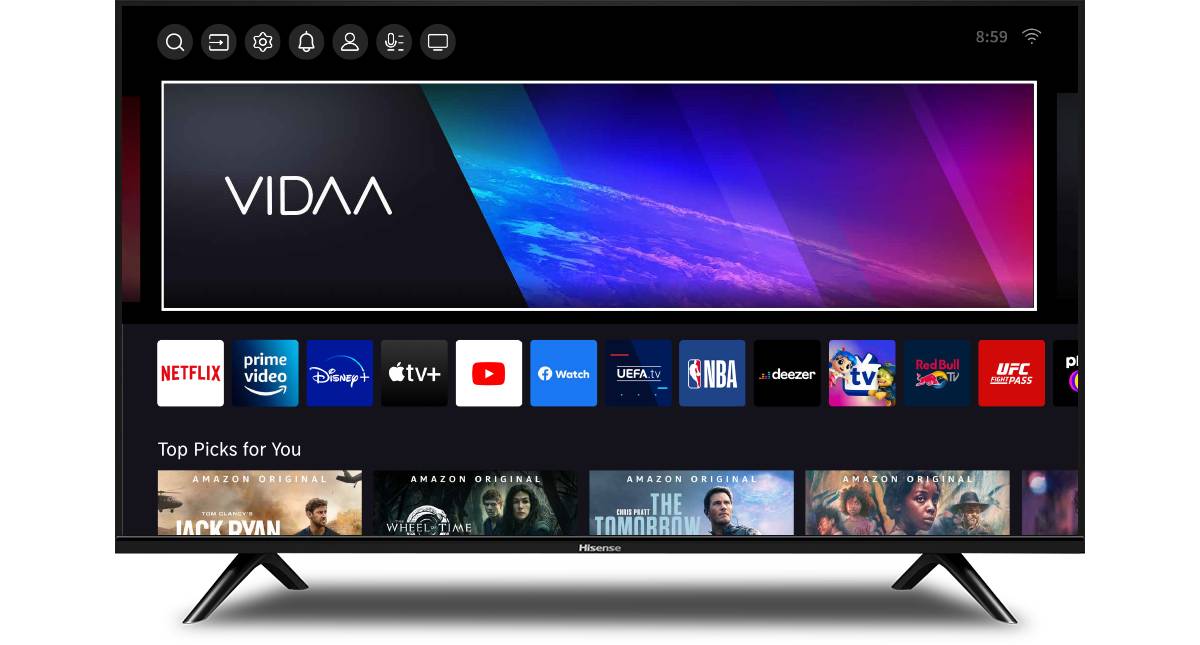On Wednesday the news broke that Integral Ad Science, a media valuation platform specialising in viewability and fraud, acquired Veenome, a video analytics firm, for an undisclosed fee. Here the CEOs of both companies, Scott Knoll from Integral Ad Science and Kevin Lenane from Veenome, explain what Veenome will bring to Integral’s table, the impact of viewability tools, and governmental and industry efforts to eradicate fraud.
Could you provide a bit of background on why you acquired Veenome and how you will incorporate their technology into your offering?
 SK: Media has largely become a commodity in digital advertising due to the rapid development of targeting, measuring and attribution technologies focused on audience-based data. The industry is waking up to the fact that as powerful as targeting the right audience can be, advertisers are wasting money if the targeting is on low quality media.
SK: Media has largely become a commodity in digital advertising due to the rapid development of targeting, measuring and attribution technologies focused on audience-based data. The industry is waking up to the fact that as powerful as targeting the right audience can be, advertisers are wasting money if the targeting is on low quality media.
We are seeing a lot of talk about the importance of measuring and buying quality media, and nowhere is this truer than in video advertising. While the current industry discussion is focused on whether ads are viewable by humans or not, media quality encompasses many other critical components such as the context of the video content, size of the video, number of videos on a page and whether the sound was on or off. While Integral is a leader in measuring video viewability and detecting fraud, Veenome is a leader in indexing online video content at scale. Together we will be able to provide the entire market with the most advanced analytics regarding video media quality.
What type of clients have Veenome been working with up until this point and in what capacity?
 KL: We started on the sell side because of the intrinsic value we provide due to the fact that you might have 20,000 disparate domains represented with no way of measuring quality across all of them. Over the last six months we have seen a lot more demand from the buy side from both agencies and brands as they learn about inventory quality metrics like inventory type (in-banner, in-stream, in-game) or player count, which exists beyond basic viewability.
KL: We started on the sell side because of the intrinsic value we provide due to the fact that you might have 20,000 disparate domains represented with no way of measuring quality across all of them. Over the last six months we have seen a lot more demand from the buy side from both agencies and brands as they learn about inventory quality metrics like inventory type (in-banner, in-stream, in-game) or player count, which exists beyond basic viewability.
Are we seeing a decline in fraud as a result of verification tools?
 SK: We have seen a decline in fraud as the industry becomes more aware of the problem and embraces fraud detection technologies from companies such as Integral. In fact, if you go to our website you will see how much money we have diverted from fraud since the beginning of the year.
SK: We have seen a decline in fraud as the industry becomes more aware of the problem and embraces fraud detection technologies from companies such as Integral. In fact, if you go to our website you will see how much money we have diverted from fraud since the beginning of the year.
What is the biggest challenge facing the video ecosystem today?
 KL: The biggest challenge is the natural problem with an audience-only approach, which is the preferred method in video. If I’m only looking at whether or not I get a specific audience then I can’t really ensure that my video ads aren’t running in front of offensive or off-message videos, or running in tiny players in in-banner units. We have lots of data that demonstrates how much brand lift and completion lift is generated by identifying the actual video content and targeting towards it, but this gets totally wasted in an audience-only approach.
KL: The biggest challenge is the natural problem with an audience-only approach, which is the preferred method in video. If I’m only looking at whether or not I get a specific audience then I can’t really ensure that my video ads aren’t running in front of offensive or off-message videos, or running in tiny players in in-banner units. We have lots of data that demonstrates how much brand lift and completion lift is generated by identifying the actual video content and targeting towards it, but this gets totally wasted in an audience-only approach.
Are government agencies doing enough to prosecute fraudsters? Are there any markets where people are being prosecuted?
 SK: I am not comfortable commenting on whether government agencies are doing enough to prosecute fraudsters, but I feel strongly that we can’t rely on any government to fix this problem. Like the Internet itself, fraud is borderless, and would require cooperation across many countries. In the meantime, fraudsters are making a lot of money and are attracting some of the best hackers and developers to continue to create new ways of stealing dollars meant for advertising.
SK: I am not comfortable commenting on whether government agencies are doing enough to prosecute fraudsters, but I feel strongly that we can’t rely on any government to fix this problem. Like the Internet itself, fraud is borderless, and would require cooperation across many countries. In the meantime, fraudsters are making a lot of money and are attracting some of the best hackers and developers to continue to create new ways of stealing dollars meant for advertising.
As an industry, we have the brains and resources to match up with the fraudsters and the onus is on us to minimize this issue through continued innovation in detection and prevention technologies. At Integral, we recently opened a lab in Seattle created specifically to combat fraud. We want to uncover what happens behind the scenes of fraudulent transactions as well as analyze underlying mechanisms that incentivize and create paths for committing fraud, and develop the solutions that will prevent fraudulent activity.
Some say that parts of the industry have been deliberately slow in tackling fraud and viewability due to concerns about reducing the amount of supply. Is that true in your opinion ?
 KL: I think this is probably true. To get even more granular, with the rise of viewable buying we’ve seen a huge uptick in the presence of in-banner video that is basically filling in the impression void left by invalid “below-the-fold and on auto-play” non-viewable impressions.
KL: I think this is probably true. To get even more granular, with the rise of viewable buying we’ve seen a huge uptick in the presence of in-banner video that is basically filling in the impression void left by invalid “below-the-fold and on auto-play” non-viewable impressions.
The reality is that the value is probably the same but everything is washed together in a broad video inventory bucket. With more transparency every type of inventory has a place and a value. The irony is that once buyers have full visibility into what’s going on, the dollars will actually flow much more readily into the industry as the general risk is reduced. This concern about limiting inventory is really shortsighted because once there is more transparency the demand for the fully transparent inventory should increase drastically.




